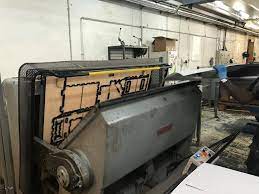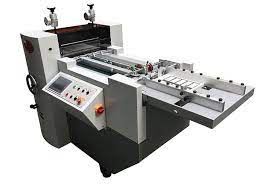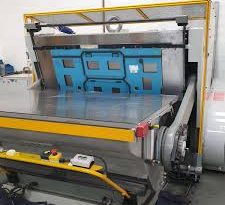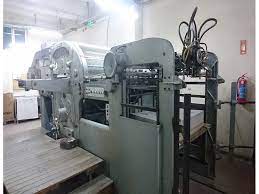The Role of Precision Die-Cutting in Electronic Component Manufacturing
Die-cutting plays a crucial role in the production of electronic components, where precision, reliability, and miniaturization are paramount. This method’s ability to produce highly accurate parts consistently makes it indispensable in the electronics industry, especially as devices become increasingly compact and complex.
Precision and Consistency
The demand for smaller, more efficient electronic devices has pushed manufacturers to seek processes capable of high precision. Die-cutting meets this need by offering tight tolerances and repeatability, essential for components like gaskets, insulators, and conductive pads. The consistency ensured by die-cutting is critical in electronics, where even minor discrepancies can lead to device failure.
Material Versatility
Electronic components often require the use of specialized materials, such as conductive foams, insulating films, and adhesive tapes. Die-cutting’s versatility in handling diverse materials allows manufacturers to produce complex multi-layer components in a single operation, streamlining production and reducing assembly times.
Cost-Effectiveness and Efficiency
Despite the sophistication of electronic components, manufacturers must also consider production costs and efficiency. Die-cutting offers a cost-effective solution by maximizing material utilization and minimizing waste, contributing to more sustainable manufacturing practices. Moreover, the speed of automated die-cutting processes enables high-volume production without compromising quality, meeting the electronics industry’s demands for rapid turnaround times.
Challenges and Solutions
While die-cutting offers numerous advantages, working with small, intricate designs and delicate materials presents challenges. Advances in die-cutting technology, including precision engineering of dies and the integration of digital cutting systems, have provided solutions to these issues. Manufacturers continue to innovate, using laser die-cutting for even greater accuracy and employing real-time monitoring to ensure quality control throughout the production process.
Conclusion
In the realm of electronic component manufacturing, precision die-cutting stands out as a key process, enabling the production of high-quality, reliable parts. Its combination of accuracy, material versatility, and cost-efficiency aligns with the industry’s goals, supporting the ongoing miniaturization and complexity of electronic devices. As technology advances, the role of die-cutting in electronics manufacturing will undoubtedly continue to grow, driven by the industry’s need for precision and innovation.



